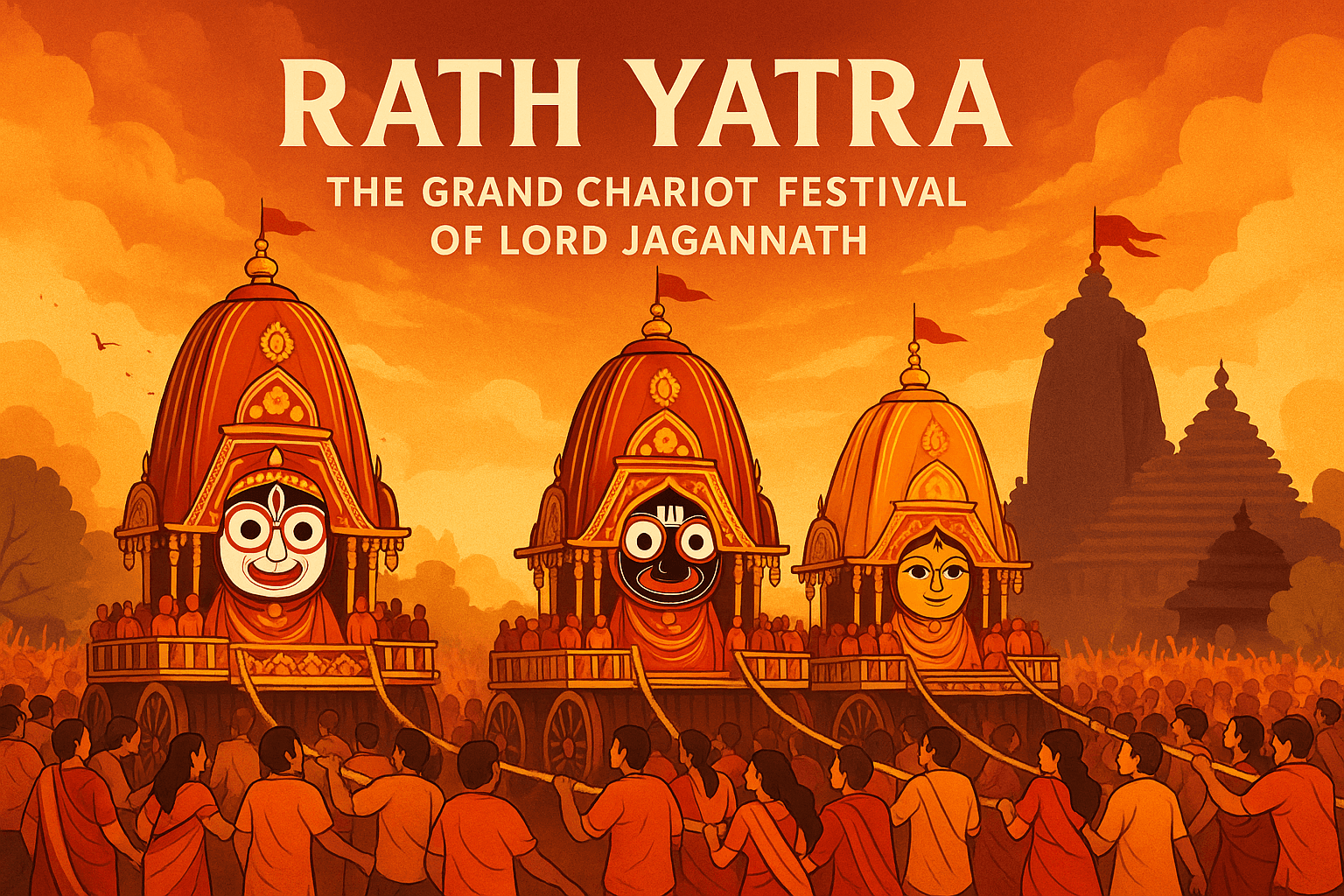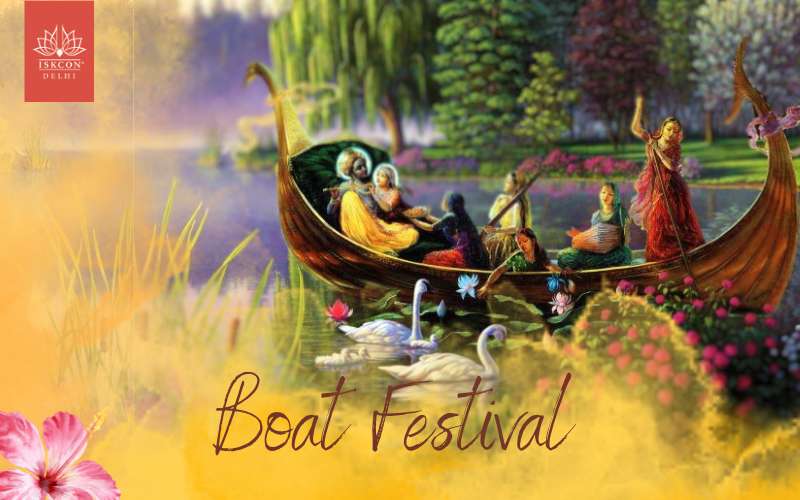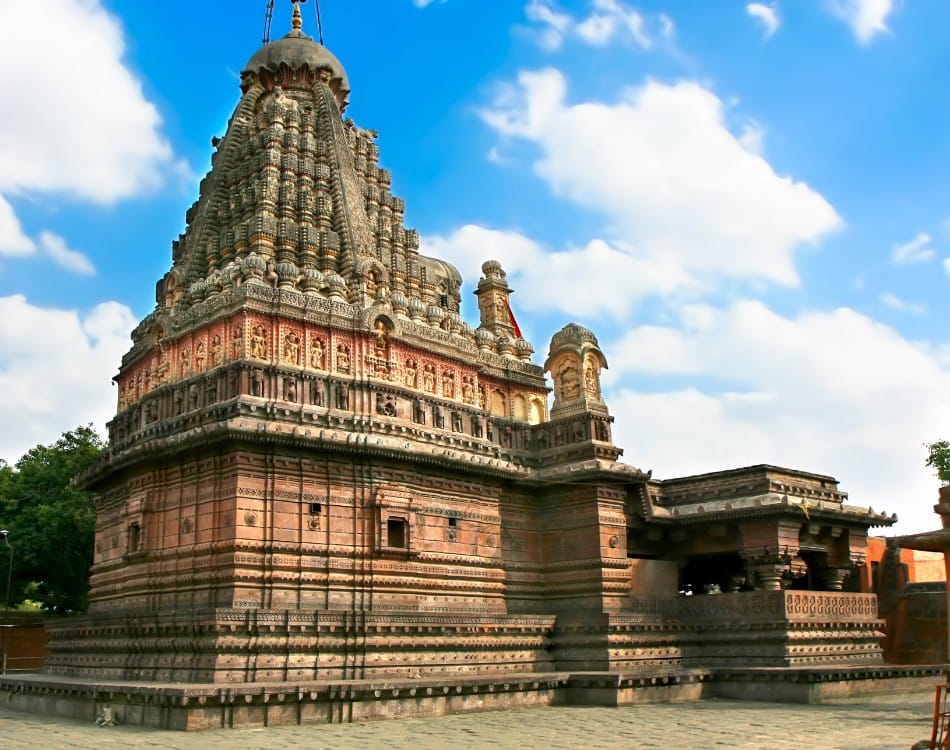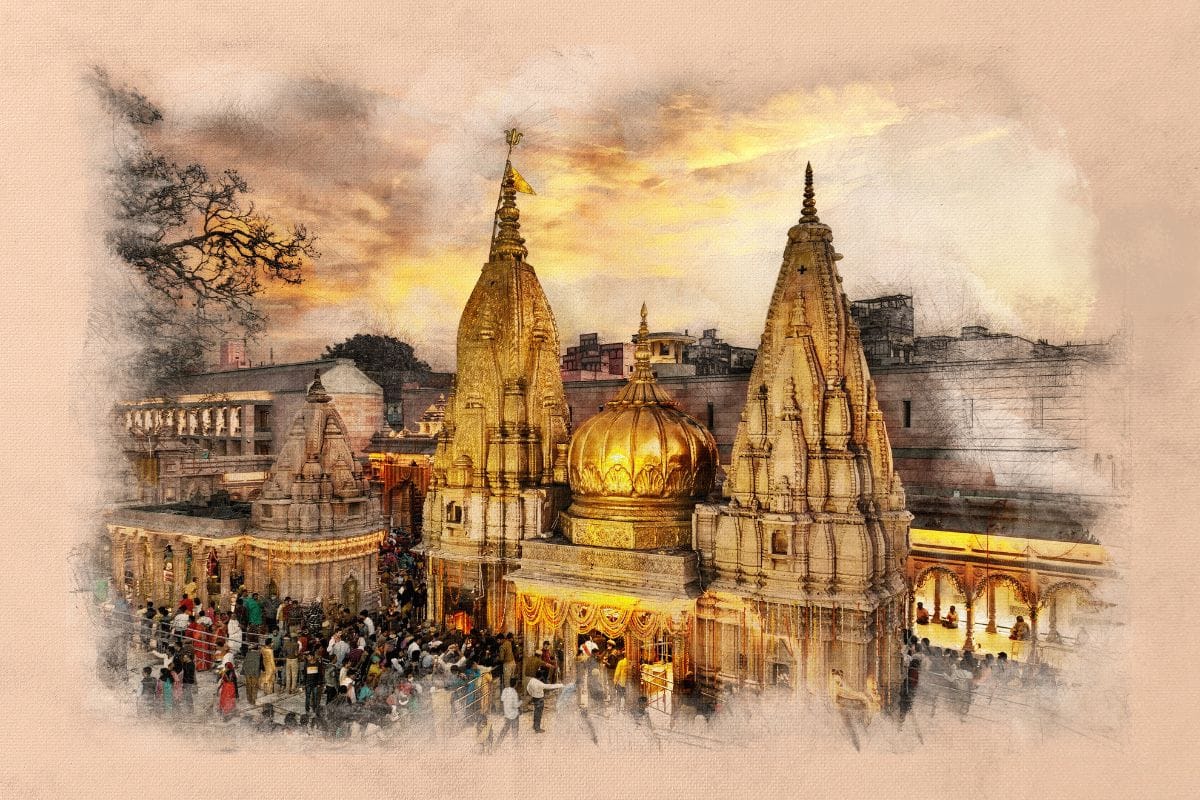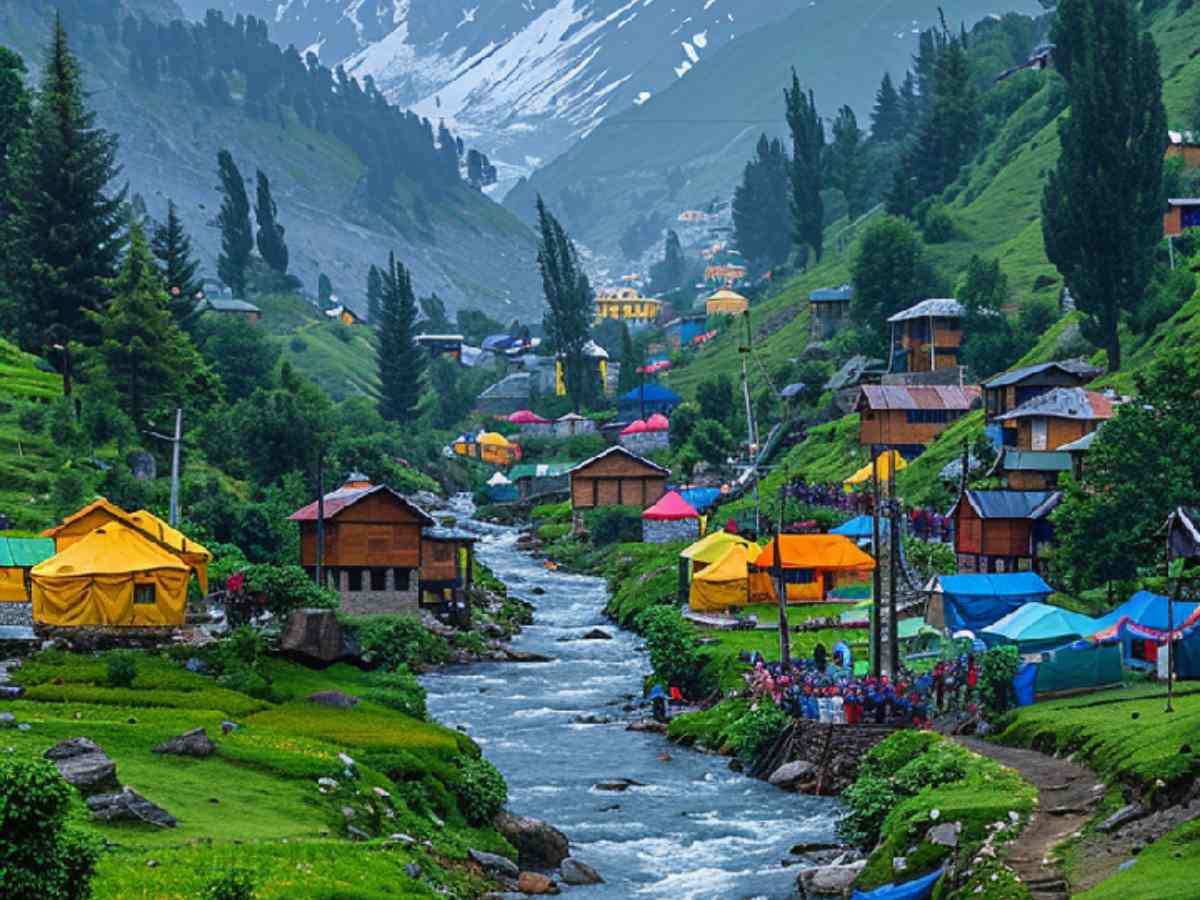
In Tibetan, ‘Lo’ means year and ‘sar’ signifies new, and this festival, celebrated over a period of a week, marks the end of a good harvest for the farmers of the region and the beginning of the next year. After working hard and putting in all their time and energy into their field, this is a time for farmers to sit down with their families and celebrate their bountiful harvest. The Tibetan New Year celebration includes grand rituals, vivid ceremonies and lots of merriment among the local community.
Losar, also known as Tibetan New Year, is one of the most significant and widely celebrated festivals in Tibetan culture. It begins with piles of preparation and heaps of happiness. It is believed that the New Year drives away the evils and brings in prosperity and good wishes.
History and Significance of Losar Festival
The history of the Losar festival dates back to the pre-Buddhist period when Tibetans followed the Bon religion. Every year, during the winter season, the Tibetans organised a spiritual festival and offered incense smoke to the local deities and the spirits to seek their blessing for the wellbeing of the surroundings and the people.
This spiritual festival later became a farmers’ festival and was celebrated during the blossoming season of the Apricot fruit. However, things changed during the reign of the 9th Tibetan King, Pude Gungyal, when an elderly woman in his kingdom taught him to calculate time based on the different moon phases. This was the foundation of the Lunar calendar and the current form of the Losar festival.
Common Elements Across Regions
Despite the regional variations, several elements are common to Losar celebrations throughout these regions:
- House Cleaning and Decoration:
- Symbolizing purification and readiness for the New Year.
- Use of colorful decorations, symbols, and new prayer flags.
- Offerings and Prayers:
- Offerings to deities, local spirits, and ancestors for blessings.
- Common offerings include barley, butter lamps, and Tsampa.
- Traditional Foods:
- Special dishes such as Guthuk, Thukpa, and butter tea are prepared.
- Sharing of meals with family and community members.
- Cultural Performances:
- Traditional dances, music, and Cham dances are performed.
- These performances often depict religious stories and local folklore.
- Community Participation:
- Emphasis on family gatherings, visiting friends, and exchanging gifts.
- Community feasts and processions strengthen social bonds.
A Soup To Cleanse The Year
Guthuk is a part of the Losar festival ceremonies to cleanse the past year and prepare for a fruitful new one. The name presents nine ingredients mushrooms, celery, labu (daikon radish), peas, tomato, onion, ginger, garlic, and spinach. Yak or cow meat and dry cheese are used in guthuk. A traditional Tibetan noodle soup called thukpa bhatuk acts as its base, and the vegetables are added for a flavourful broth. What makes it special is a large dough ball containing an object or its symbol, which refers to a person’s character.
Each bowl of Guthuk contains nine balls of dough which are made from barley flour. Each dough contains a small item that bears a special meaning to predict the eaters’ New year’s fortune.Things inside may be raw bean, wool, wood, a pebble, chili, charcoal, folded paper, and many other items. When Guthuk is consumed on Losar it symbolises getting rid of negativities of the past year and inviting positivity into the new year.
Metho Ceremony
The metho ceremony in the Losar festival is believed to clean the spirits. The chants and sacred fire touch in the metho ceremony are said to cleanse negative energies and welcome good spirits with a recitation of various slogans and the burning of incense sticks.
Red Envelopes for Kids
Red envelopes with money are gifted to children at Losar. This tradition is a little similar to the Chinese Spring festival where children are given money in a red envelope by their relatives. It is a gesture of wishing them a prosperous new year ahead. It is believed that these red envelopes protect the children from malevolent spirits, sickness, and death.
Losar Festival Celebrations in India
Losar is celebrated with great zeal and enthusiasm in India as well, especially in the northeastern states like Arunachal Pradesh. It is celebrated with much fervour in Ladakh and some parts of Himachal Pradesh, like Dharamshala, which has a considerable population of Tibetan monks.
But the best Losar festival celebrations in India happen in Sikkim. It is a momentous day for the locals, who celebrate it as a harvest festival. The locals even call it Gyalpo Losar.
Sikkim
Regions: Entire State, particularly Gangtok
- Preparations:
- People prepare traditional foods like Momo (dumplings) and Sel Roti (a type of rice bread).
- Rituals:
- Monasteries conduct special prayers and rituals.
- Tsampa is offered to deities, and butter lamps are lit.
- Butter sculptures, known as Tormas, are created and offered.
- Festivities:
- Traditional dances, including Cham dances, are performed in monasteries and public spaces.
- Sporting events and games are organized as part of the celebrations.
Losar is a time for cultural and spiritual renewal, bringing together communities to celebrate their heritage and traditions while looking forward to a prosperous and harmonious New Year.


